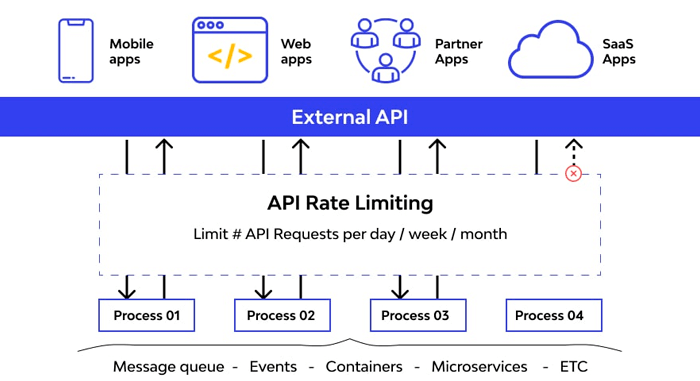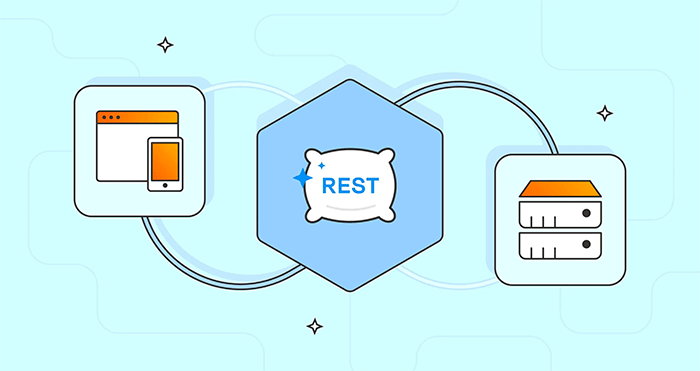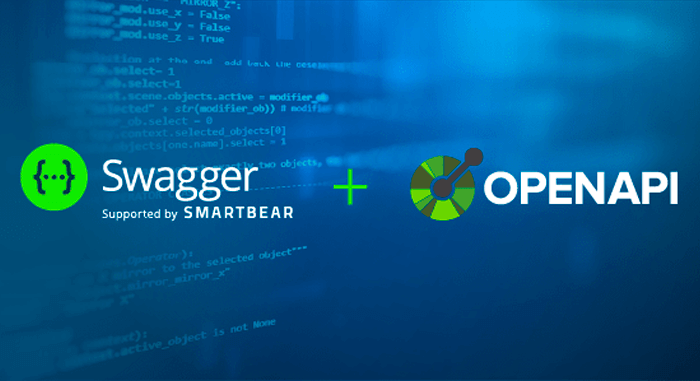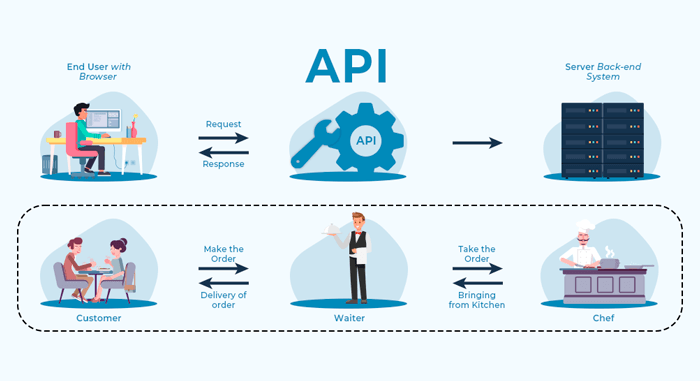Rate Limiting and Throttling in Java REST APIs

Rate limiting and throttling protect Java REST APIs from abuse and overload by controlling request frequency per client, using strategies like token bucket, sliding window, or fixed window algorithms implemented through filters, interceptors, or dedicated libraries like Bucket4j and Resilience4j.
Rate Limiting and Throttling: Protecting Your Java REST APIs
Rate limiting and throttling are essential mechanisms for protecting Java REST APIs from overuse, abuse, and resource exhaustion. Without proper controls, a single misbehaving client can overwhelm your servers, degrading performance for all users or causing complete service outages. Implementing effective rate limiting ensures fair resource distribution, prevents denial-of-service attacks, and maintains service quality even under high load conditions.
Understanding Rate Limiting Fundamentals
Rate limiting restricts the number of requests a client can make within a specific time window. When clients exceed their allowed quota, the API returns error responses typically with HTTP status 429 Too Many Requests. This mechanism protects backend resources including databases, external services, and computing capacity from excessive demand.
The distinction between rate limiting and throttling is subtle but important. Rate limiting enforces hard limits, rejecting requests exceeding quotas immediately. Throttling may delay or queue requests rather than rejecting them outright, smoothing traffic spikes while still protecting resources. Many systems combine both approaches for comprehensive traffic management.
Why Rate Limiting Matters
- Prevents individual clients from monopolizing resources and degrading service for others
- Protects against denial-of-service attacks whether malicious or accidental from buggy clients
- Enforces API usage tiers enabling monetization through different rate limits per subscription level
- Reduces costs by limiting expensive operations like complex queries or third-party API calls
Rate limits typically vary by endpoint based on resource cost. Reading a single record might allow 1000 requests per minute while complex search operations permit only 100. Public endpoints often have stricter limits than authenticated endpoints where you can track and bill individual users.
Effective rate limiting communicates clearly with clients through response headers indicating remaining quota, reset time, and retry-after delays. This transparency allows well-behaved clients to self-regulate, reducing unnecessary retry storms that exacerbate overload situations.
Common Rate Limiting Algorithms
Several algorithms implement rate limiting with different characteristics regarding accuracy, memory usage, and burst handling. Choosing the right algorithm depends on your specific requirements for precision, resource consumption, and client experience during burst traffic.
Token bucket algorithm is widely used for its simplicity and burst tolerance. Each client has a bucket holding tokens replenished at a constant rate. Requests consume tokens, and when the bucket empties, further requests are rejected until tokens regenerate. This algorithm naturally handles bursts by allowing clients to accumulate tokens during idle periods.
Fixed Window Algorithm
Fixed window counting divides time into fixed intervals like one-minute windows. Requests increment a counter for the current window, rejecting requests exceeding the limit. At window boundaries, counters reset to zero. This algorithm is simple and memory-efficient but suffers from boundary issues where clients can make double the limit by timing requests at window edges.
- Simple implementation requires only counter and timestamp per client
- Predictable behavior with clear reset points clients can anticipate
- Boundary problem allows burst at window edge potentially overwhelming resources
- Memory efficient storing minimal state for each tracked client
Sliding Window Algorithms
Sliding window approaches eliminate boundary problems by calculating limits over rolling time periods. Sliding window log maintains timestamps for each request, counting requests within the past N seconds dynamically. This provides accurate rate limiting but requires storing individual request timestamps, consuming more memory especially for high-volume APIs.
Sliding window counter hybrid combines fixed window simplicity with sliding window accuracy. It maintains counters for current and previous windows, calculating weighted averages based on time elapsed in the current window. This approach offers better accuracy than fixed windows with lower memory consumption than full sliding logs.
Leaky bucket algorithm processes requests at a constant rate regardless of arrival patterns. Requests enter a queue and drain at fixed intervals. When the queue fills, new requests are rejected. This algorithm smooths traffic effectively but can add latency as requests wait in queue rather than processing immediately when resources are available.
Implementing Rate Limiting in Spring Boot
Spring Boot applications can implement rate limiting through multiple approaches including servlet filters, interceptors, or aspect-oriented programming. Each approach offers different granularity and integration points within the request processing pipeline.
Servlet filters operate at the container level before requests reach Spring MVC infrastructure. Filters can efficiently reject rate-limited requests early, avoiding unnecessary processing. However, filters have limited access to Spring context and dependency injection capabilities, complicating complex rate limiting logic requiring business context.
Interceptor-Based Implementation
HandlerInterceptor provides better integration with Spring ecosystem, executing after request mapping but before controller methods. Interceptors access request attributes, path variables, and can inject Spring beans, enabling sophisticated rate limiting based on authenticated user, API key, or request parameters.
- PreHandle method checks rate limits before controller execution saving processing resources
- PostHandle can add rate limit headers to responses providing client feedback
- Access to request context enables user-specific or endpoint-specific rate limiting strategies
- Exception handlers can centralize rate limit exceeded responses and logging
Bucket4j Integration
Bucket4j library provides production-ready rate limiting for Java applications with excellent Spring Boot integration. The library implements token bucket algorithm with support for multiple backends including in-memory, Hazelcast, Redis, and other distributed caches enabling rate limiting across server clusters.
Bucket4j configuration defines bandwidth limits with refill rates and bucket capacities. The API is fluent and type-safe, reducing configuration errors. Buckets can be created per user, API key, IP address, or any other client identifier, with flexible resolution strategies.
Integration with Spring Boot through annotations simplifies implementation. Method-level annotations specify rate limits while Bucket4j handles bucket creation, token management, and rejection logic automatically. This approach keeps rate limiting concerns separate from business logic, maintaining clean code architecture.
Distributed Rate Limiting Strategies
Applications running multiple server instances require distributed rate limiting to enforce consistent limits across the cluster. Without coordination, each server instance tracks limits independently, allowing clients to exceed overall quota by distributing requests across different servers.
Redis serves as popular backend for distributed rate limiting due to its atomic operations and high performance. Storing counters or bucket state in Redis ensures all application instances see consistent client quotas. Redis Lua scripts enable complex rate limiting logic executing atomically on the server, preventing race conditions in distributed environments.
Redis-Based Implementation
Implementing rate limiting with Redis requires careful key design. Keys typically include client identifier and time window, enabling efficient expiration and cleanup. Redis SET commands with expiry automatically remove old data, preventing memory growth from abandoned clients.
- INCR command atomically increments counters returning new value for limit checking
- EXPIRE sets time-to-live on keys enabling automatic cleanup of expired windows
- Lua scripts combine multiple operations atomically ensuring consistency under concurrent access
- Pipeline commands reduce network overhead when checking and updating multiple rate limit buckets
Consistency Considerations
Distributed rate limiting involves tradeoffs between accuracy and performance. Strict consistency requires synchronous coordination across instances, adding latency to every request. Eventual consistency allows slight quota overages but eliminates coordination overhead, providing better performance.
Most applications tolerate slight inaccuracy in rate limiting. Allowing 105 requests instead of exactly 100 during coordination delays rarely causes issues. Prioritizing availability over perfect accuracy aligns with practical rate limiting goals of preventing gross abuse rather than enforcing exact quotas.
Circuit breaker patterns protect against rate limiting infrastructure failures. If Redis becomes unavailable, applications can fall back to local rate limiting or temporarily disable limits rather than failing all requests. This resilience ensures rate limiting protects your API without becoming a single point of failure itself.
Rate Limit Response Headers and Client Communication
Clear communication with API clients about rate limits reduces confusion and improves integration reliability. Standard HTTP headers convey rate limit status, helping clients implement proper backoff and retry logic without trial and error.
The X-RateLimit-Limit header indicates the maximum number of requests allowed in the current window. X-RateLimit-Remaining shows how many requests the client can make before hitting the limit. X-RateLimit-Reset provides timestamp when the quota resets, allowing clients to schedule retries appropriately.
Standard Headers
Industry standards for rate limit headers have emerged though no official specification exists. Following common conventions improves client compatibility with existing libraries and tools that automatically handle rate limiting based on response headers.
- Include rate limit headers on all responses not just rejected requests for client awareness
- Retry-After header on 429 responses tells clients exactly when to retry avoiding premature attempts
- Consider including multiple limit levels like per-second and per-hour in separate headers
- Document header format and meaning clearly in API documentation reducing support requests
Error Response Design
Rate limit exceeded responses should provide actionable information beyond just HTTP 429 status. Response body can include detailed error messages, specific limits exceeded, reset times, and suggestions for resolving the issue like upgrading to higher tier.
Error responses should be consistent with your API’s general error format maintaining predictable structure. Include correlation IDs enabling clients to reference specific rate limit rejections in support tickets. Distinguish between different rate limit types like per-endpoint vs global limits in error messages.
Consider implementing grace periods for clients slightly exceeding limits. Rejecting the 101st request in a 100-request quota is technically correct but may frustrate users experiencing minor clock skew or timing issues. Small buffers improve user experience without significantly compromising protection.
Advanced Rate Limiting Patterns
Sophisticated rate limiting strategies go beyond simple request counting to implement business logic reflecting actual resource costs and usage patterns. Dynamic rate limits adapt to system load, client behavior, and operational priorities.
Cost-based rate limiting assigns different costs to operations based on resource consumption. Reading a single record might cost 1 point while complex searches cost 10 points. Clients consume quota proportional to actual resource usage, more fairly reflecting load than simple request counting.
Adaptive Rate Limiting
Adaptive algorithms adjust limits dynamically based on system health and available capacity. During low-load periods, limits increase allowing clients to use excess capacity. Under heavy load, limits decrease protecting core functionality. This approach maximizes resource utilization while maintaining stability.
- Monitor system metrics like CPU, memory, database connections and adjust limits accordingly
- Priority clients receive higher limits or exemption during throttling protecting key relationships
- Machine learning models can predict optimal limits based on historical usage and performance data
- Progressive throttling reduces limits gradually rather than hard cutoffs when approaching capacity
User Tier Management
APIs with subscription tiers implement different rate limits per user level. Free tier users face strict limits while premium subscribers enjoy higher quotas. This tiered approach enables monetization while providing predictable service levels for paying customers.
Implementation requires associating rate limit configurations with user accounts or API keys. Database or configuration stores map identifiers to tier information. Rate limiting logic queries this mapping to apply appropriate limits. Caching tier information reduces database load when checking limits frequently.
Grace periods during tier transitions prevent immediate limit drops when subscriptions downgrade. Users might receive advance notice and temporary higher limits allowing time to reduce usage or upgrade subscription. This approach maintains positive customer relationships during billing transitions.
Monitoring and Analytics for Rate Limiting
Effective rate limiting requires comprehensive monitoring to understand usage patterns, identify abuse, and tune limits appropriately. Metrics track both client behavior and rate limiting system performance ensuring the mechanism protects without over-restricting legitimate usage.
Track rate limit rejections by client, endpoint, and time period identifying patterns requiring investigation. Sudden increases in rejections might indicate bugs in client code or malicious activity. Consistently high rejection rates suggest limits may be too restrictive for legitimate use cases.
Key Metrics
- Request count and rejection rate by client identifier isolating problematic users or integrations
- Limit utilization percentage showing how close clients come to quotas without exceeding them
- Response time impact of rate limiting checks measuring overhead introduced by protection mechanism
- Backend system health metrics correlating rate limiting with actual resource consumption and performance
Alerting on unusual patterns enables proactive response to issues. Spike in rejections from previously well-behaved client warrants investigation. Consistently rejected clients might need assistance optimizing their integration or guidance on appropriate API usage patterns.
Analytics dashboards visualize rate limiting effectiveness and usage trends. Charts showing request volumes, rejection rates, and quota utilization inform limit tuning decisions. Historical data reveals growth patterns helping capacity planning and tier structure optimization.
A/B testing different rate limiting strategies measures impact on both system performance and client satisfaction. Gradual rollout of limit changes reduces risk of unintended consequences. Monitoring during rollout enables quick rollback if new limits cause unexpected problems.
| Algorithm | Best Use Case |
|---|---|
| Token Bucket | APIs allowing burst traffic with smooth average rate control |
| Fixed Window | Simple rate limiting with predictable reset times and low memory usage |
| Sliding Window | Accurate rate limiting without boundary issues for strict enforcement |
| Leaky Bucket | Traffic smoothing with constant processing rate and queue management |
Frequently Asked Questions
Rate limiting enforces hard request quotas, rejecting requests immediately when limits are exceeded with 429 responses. Throttling may queue or delay requests rather than rejecting them, smoothing traffic bursts while still controlling load. Many systems combine both approaches, using rate limiting for overall protection and throttling to handle temporary spikes gracefully without immediate rejection.
Both layers serve different purposes. Infrastructure rate limiting using API gateways or reverse proxies protects against volumetric attacks before reaching applications. Application-level rate limiting enables business logic awareness like user tiers, operation costs, and authenticated user tracking. Best practice implements both layers for defense in depth, with infrastructure handling coarse protection and applications providing fine-grained control.
Base limits on capacity testing, typical usage patterns, and resource costs. Start conservative and increase limits based on monitoring and user feedback. Consider different limits for authenticated vs anonymous users, read vs write operations, and simple vs complex queries. Monitor rejection rates and system load, adjusting limits to balance protection with usability. Include buffers for legitimate burst traffic from well-behaved clients.
In-memory rate limiting loses state on restart, effectively resetting all quotas. Distributed rate limiting using Redis or other external stores persists across restarts maintaining consistent enforcement. For most use cases, temporary quota resets during infrequent restarts are acceptable. Critical applications requiring perfect persistence should use distributed backends and implement graceful shutdown procedures to minimize disruption during deployments.
Unit tests verify rate limiting logic using mock clocks to control time progression without waiting for actual time windows. Integration tests make rapid sequential requests confirming rejection after exceeding limits and proper quota reset behavior. Load tests validate distributed rate limiting under concurrent access from multiple threads or servers. Use tools like JMeter or Gatling to generate controlled request volumes testing limit enforcement accuracy.
Conclusion
Rate limiting and throttling are essential protections for production Java REST APIs, preventing abuse and ensuring fair resource distribution across clients. Choosing appropriate algorithms depends on accuracy requirements, memory constraints, and burst traffic tolerance, with token bucket and sliding window approaches offering robust solutions for most scenarios.
Implementation strategies range from simple servlet filters to sophisticated distributed systems using Redis for coordination across server clusters. Libraries like Bucket4j provide production-ready functionality reducing development effort while enabling advanced features like cost-based limiting and user tier management. Effective rate limiting requires clear client communication through standard headers, comprehensive monitoring to tune limits appropriately, and graceful handling of edge cases. Success comes from balancing protection against abuse with reasonable limits that don’t frustrate legitimate users, continuously adjusting based on usage patterns and system capacity. Properly implemented rate limiting protects your infrastructure, enables sustainable API growth, and maintains quality of service for all consumers.




